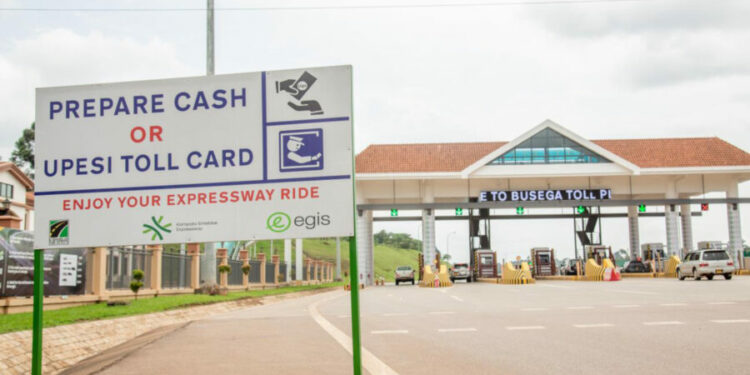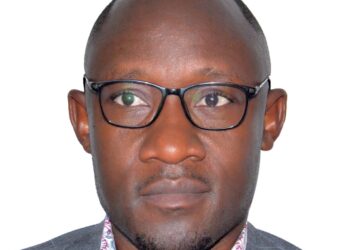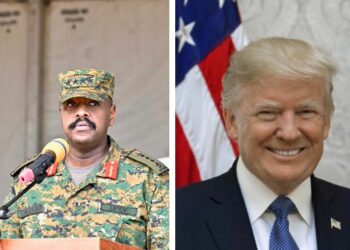On many of our roads in Uganda, it is not uncommon to find a vehicle moving at high speed in the evening or early morning with lights off. Lights don’t consume any fuel or batteries (for electric vehicles) when a car is in motion but many Ugandan drivers delay as much as possible to switch them on. Then, many others switch off the lights as soon as they think they can see a bit of the road in the early morning.
When it’s dark enough that they can’t see, many beam their headlights high enough to blind oncoming motorists. Yet many others have one headlight, giving an impression of a motorcycle to other road users. Many others don’t even have taillights at all making themselves invisible to others. Other times you find a tractor or truck using a torch at night. It is such negligence that has led to many international organizations to ban their staff from traveling at night.
But accidents don’t happen only at night. Police attributes many of these accidents to reckless driving. During the festive season, like we have just seen, many people die in road accidents causing nightmares for families and loved ones.
Nearly 4,000 people die every year in road accidents in Uganda — a number bigger than the deaths attributed to Covid-19 but we don’t put the same emphasis on roads as we do with other some other health issues.
Although road accidents can’t be entirely eliminated, many can be avoided. As a country, we need a serious discussion on this. Halving road accident deaths and injuries is one of the Social Development Goals (SDGs) as detailed by the United Nations. But what are we doing to reach this target by 2030?
We need to train our drivers and ensure that they are competent. This would require changing the way drivers’ licenses are issued by ensuring that people have requisite training to drive. The current model where someone gets a very old car and then starts teaching others to drive needs to be reconsidered.
The mechanical condition of vehicles is another important issue. One, we need to stop the importation of very old cars. We can start by only importing vehicles that are eight years or newer. The government can slash import duty to ensure more people can afford these vehicles and this should include commercial vehicles especially trucks.
Trucks can also be made here. During the festive season, news trickled in that the government had acquired more than 1,300 acres in Bbaale in Kayuga to establish an automotive industrial park. The Kayunga District Local Government has also promptly approved the physical plan paving way for the development of the park.
However, we shouldn’t follow the Namanve model where we just allocate land and wait for investors. The automotive industry is highly competitive and requires significant resources. So the government can do more to lower the cost of entry for investors.
What government needs to do is to establish the necessary infrastructure in Bbaale such as bitumen standard roads, high voltage electricity (Isimba Dam is nearby so transmission and distribution shouldn’t be difficult), piped water (again River Nile and Lake Kyoga are in the vicinity), high speed internet, security and even start up facilities such as warehouses and recreation facilities. A ring road covering the two square mile piece of land could be used as a test track and may be even establish some car racing of sorts at one stage.
I know that Kiira Motors is already building testing facilities in Jinja for their vehicles but Kayunga can be another centre. The inspector of vehicles within the Uganda police can establish a proper high-tech branch where each car is tested either annually or once every two years. Only vehicles that pass the test should be allowed on the road. Some of the money vehicle owners pay should be used to set up road toll-like systems on all the major highways that detect whether a vehicle has been tested and passed the test or not. UNRA can use the experience on the Entebbe Expressway (albeit with better technology) to handle this in partnership with private sector players.
The Uganda Investment Authority, the Science, Technology and Innovation secretariat among other government ministries, departments and agencies need to aggressively attract the right investors. Not all investors need to be car makers because that is not how the industry works. Some can make brake pads, others nuts and bolts, automotive steel, car lights and glass (we have a lot of silica in Uganda), and plastics among others.
If we worked hard and smart, we can achieve the SDG target of halving road accident deaths and injuries by 2030.
The writer is a communication and visibility consultant. djjuuko@gmail.com
Do you have a story in your community or an opinion to share with us: Email us at editorial@watchdoguganda.com













